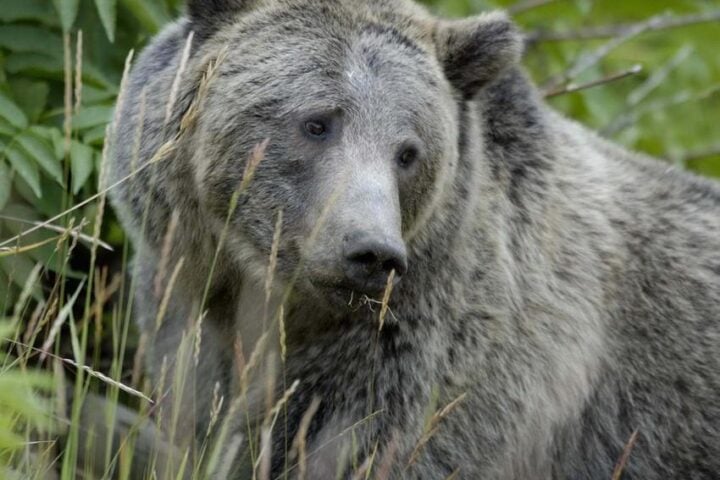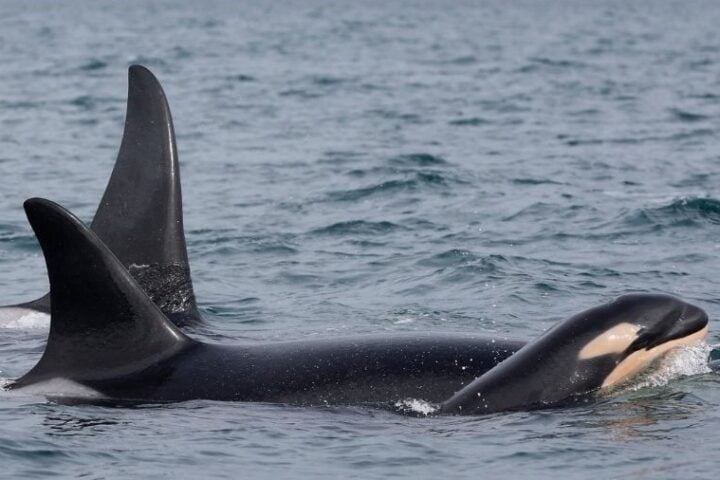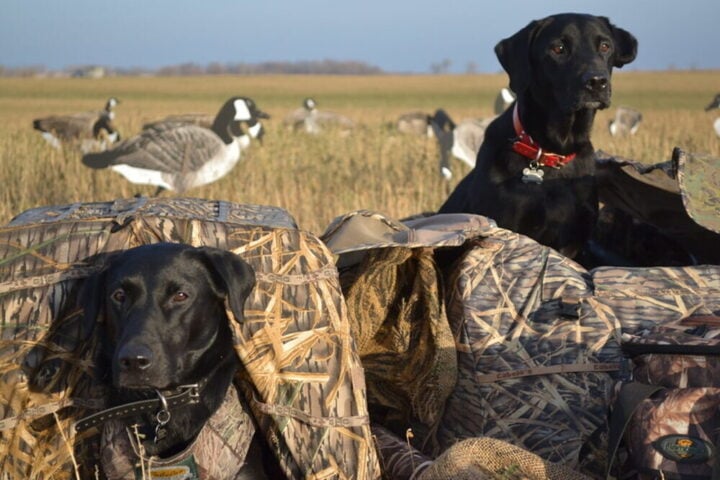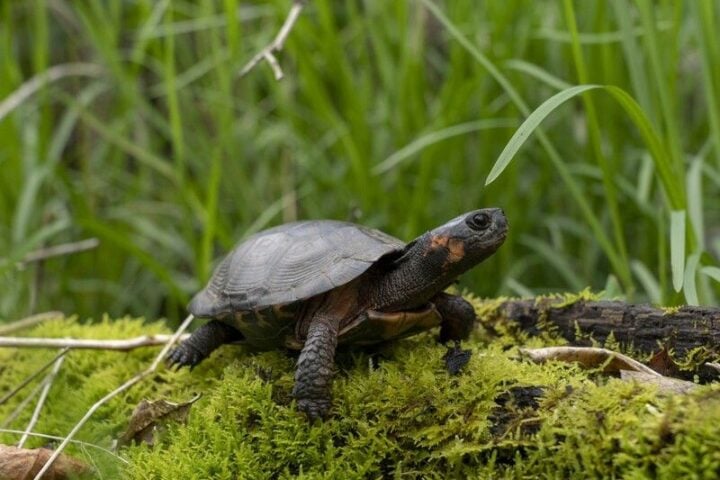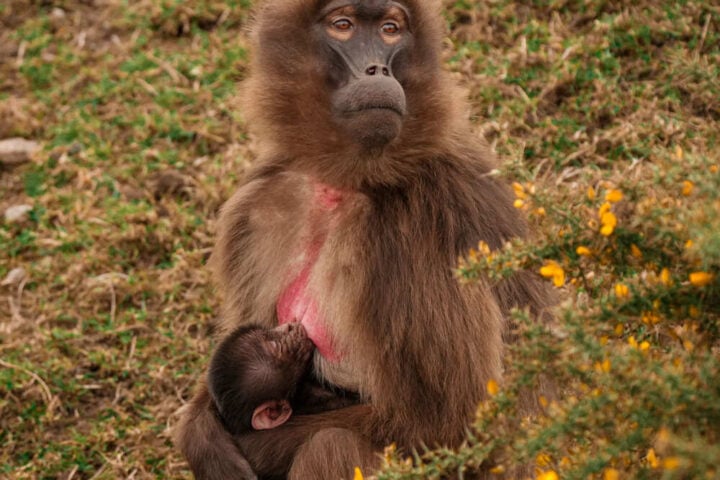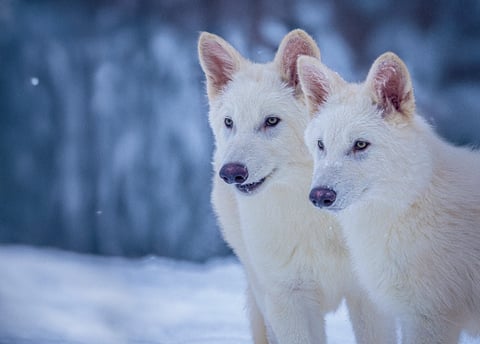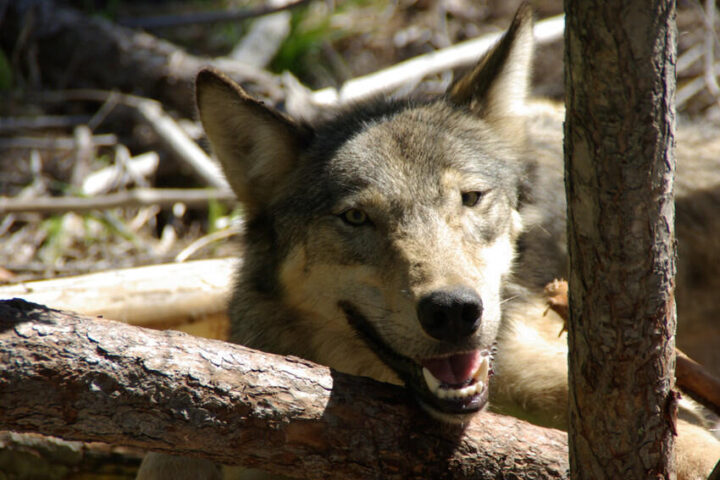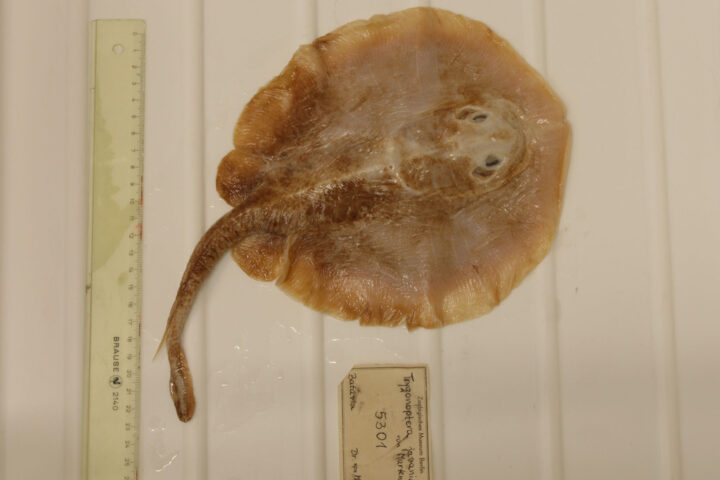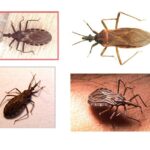A broken tooth hidden under the gum and two damaged teeth might sound like common dental problems. But on February 14, 2025, these issues brought two of London Zoo’s smallest residents into the spotlight. Ernest, a five-year-old pygmy slow loris, and Nuka, a black-capped squirrel monkey, needed dental surgery just like humans do when they have serious tooth problems.
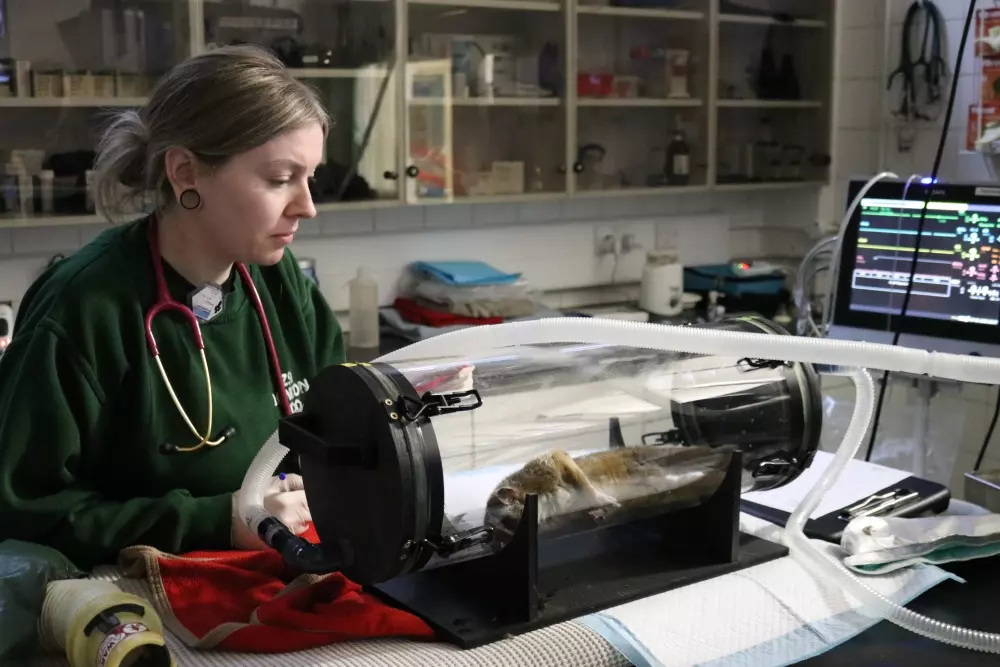
Just as people need specialized care for complex procedures, the zoo called in Dr. Rachel Perry, a top veterinary dental expert. Working with zoo vet Stefan Saverimuttu, the team used X-rays and specialized veterinary equipment, finishing the procedures with the smallest of stitches.
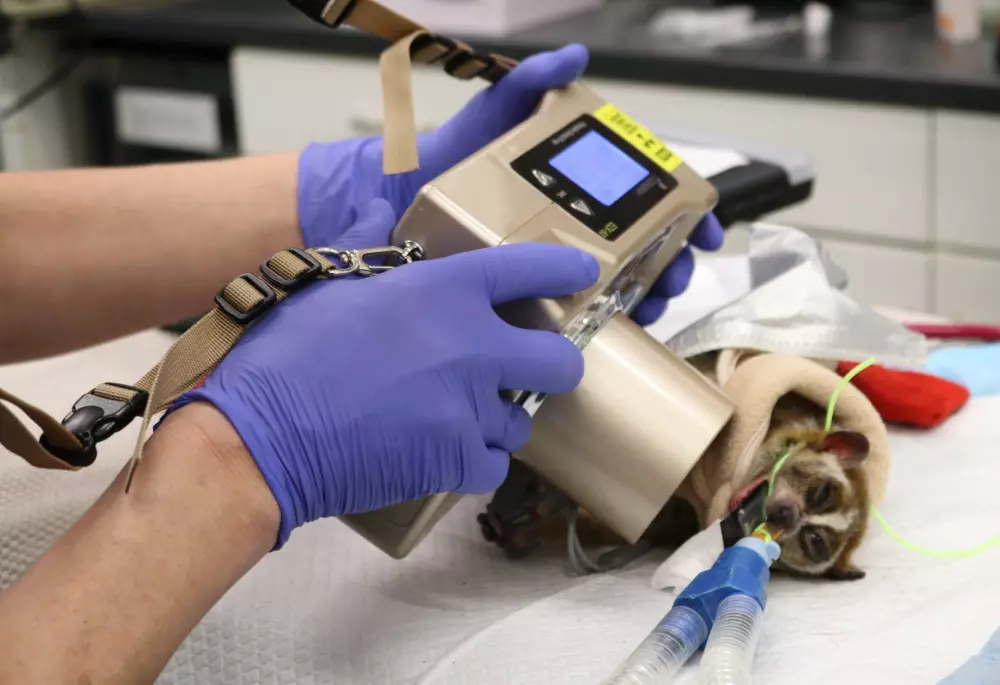
The X-rays showed what was causing Ernest’s swelling—a broken tooth hiding under his gum. Nuka needed two teeth removed—a canine and an incisor—that were identified as problematic during previous checkups.
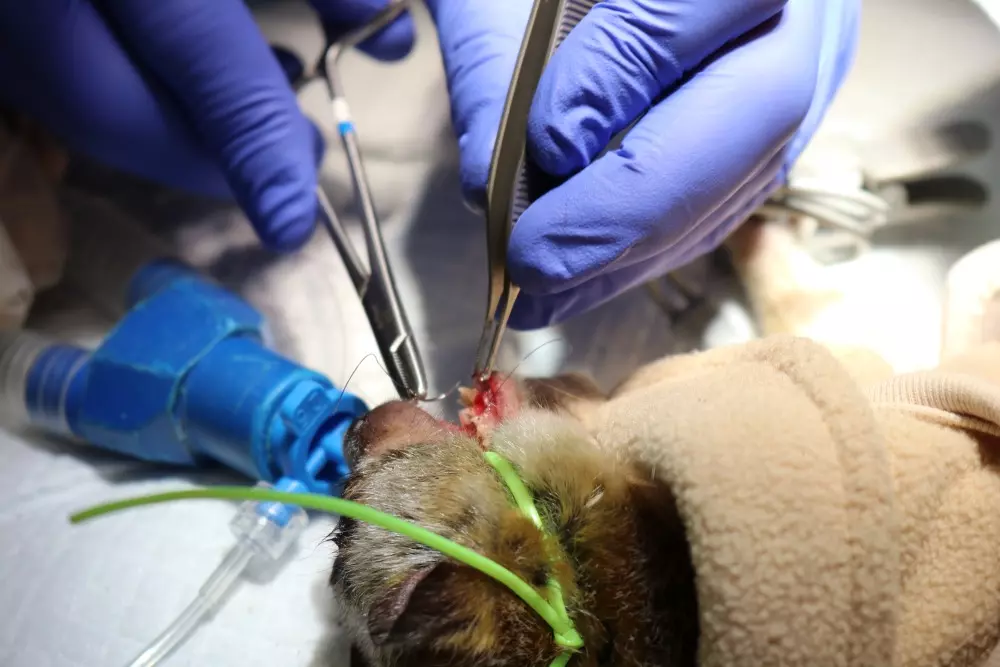
“Ernest and Nuka were star patients,” Saverimuttu said. After the surgery, Ernest quickly felt better, while Nuka needed some soft foods during recovery. “He’s always had a soft spot for softer foods,” Saverimuttu added about Nuka’s eating preferences.
Similar Posts:
The procedures involved putting both animals under general anesthesia, giving vets a chance to do a complete health check-up. This efficient approach allowed the team to thoroughly examine both primates while they were already under anesthesia. Afterward, both animals received anti-inflammatory medicine and close monitoring by their keepers and vets.
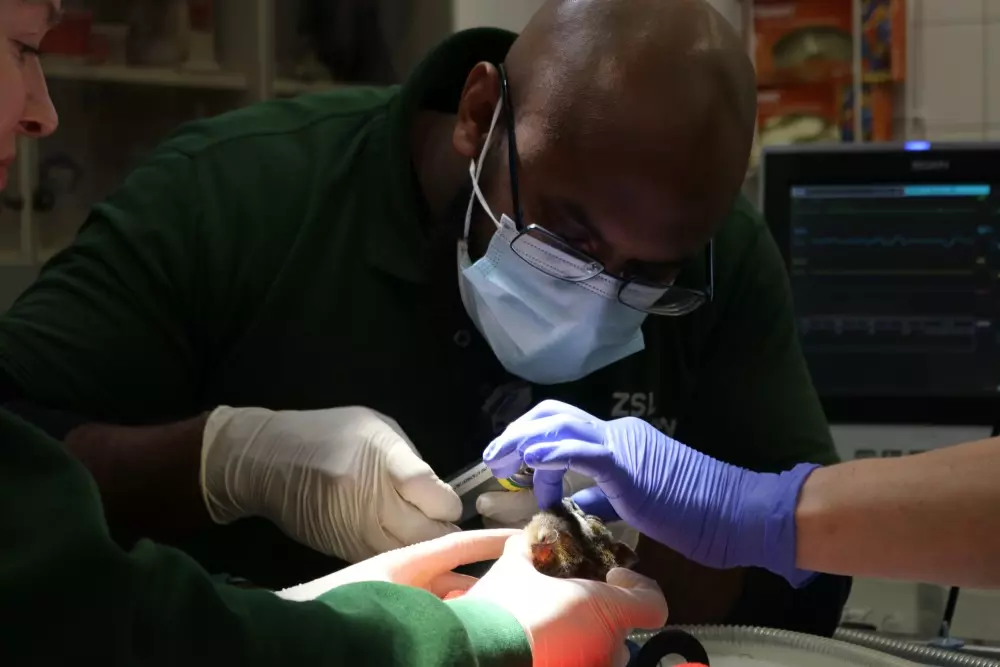
The successful dental work led to an exciting development—Ernest could meet his new mate. The zoo had matched them as part of the European breeding program for endangered pygmy slow lorises. Now healthy, he moved to a new part of his habitat to join his potential mate.
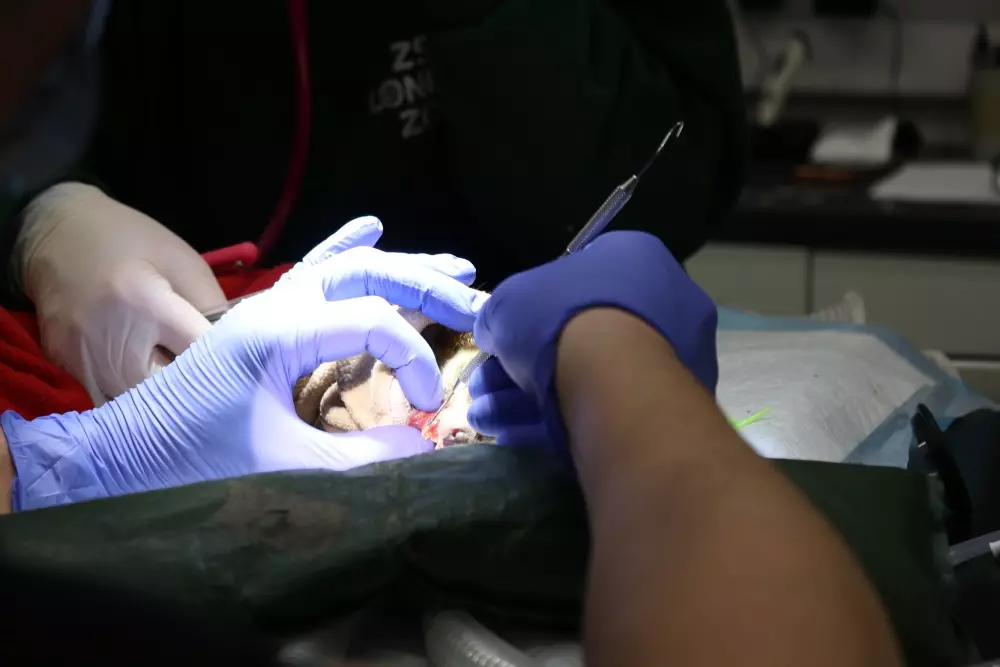

The zoo is using these real-life cases to teach children about animal care. During February’s school break, young visitors can try being vets themselves through the “Vets in Action” program, using toy animals to learn how veterinarians help creatures. They also learn about rescued animals from illegal wildlife trading, showing how proper medical care helps save endangered species.
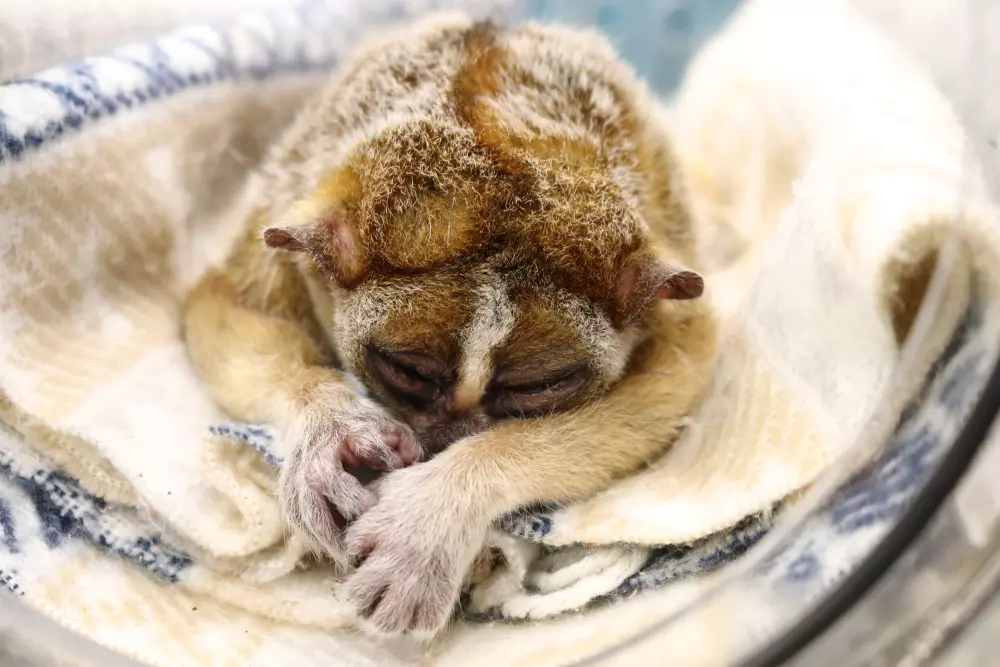
These dental procedures show how far animal medical care has come. Just like humans, animals need proper dental care to stay healthy. By addressing these health issues, zoos can keep endangered animals healthy enough to participate in crucial breeding programs that help their species survive.
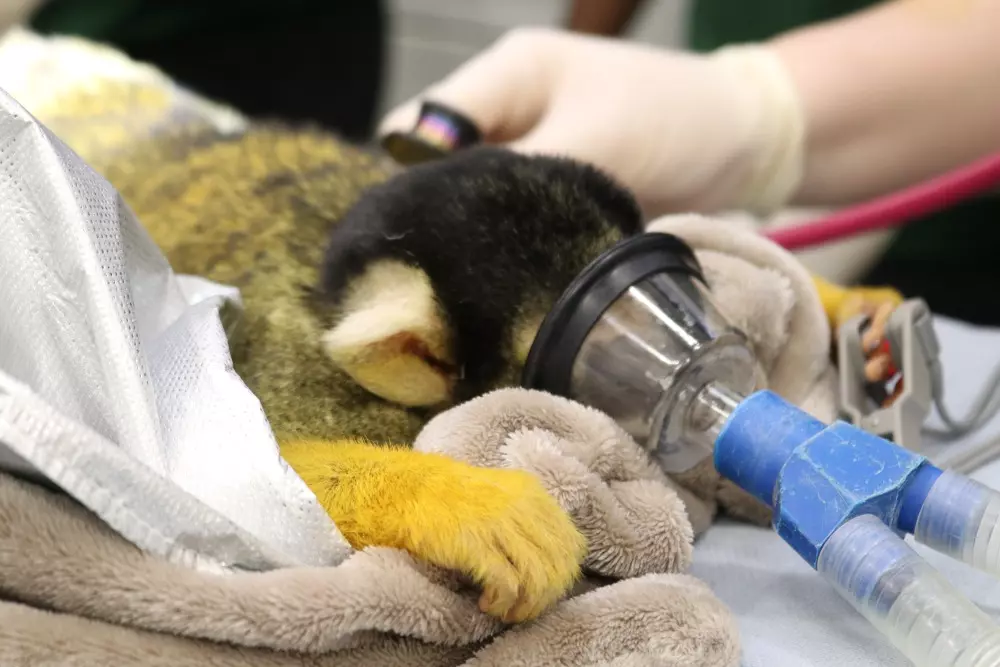
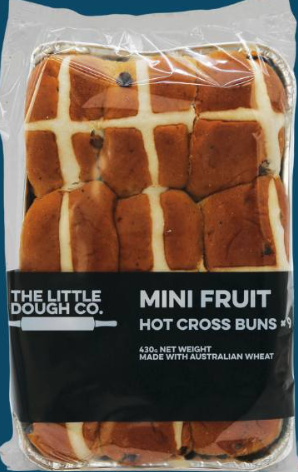

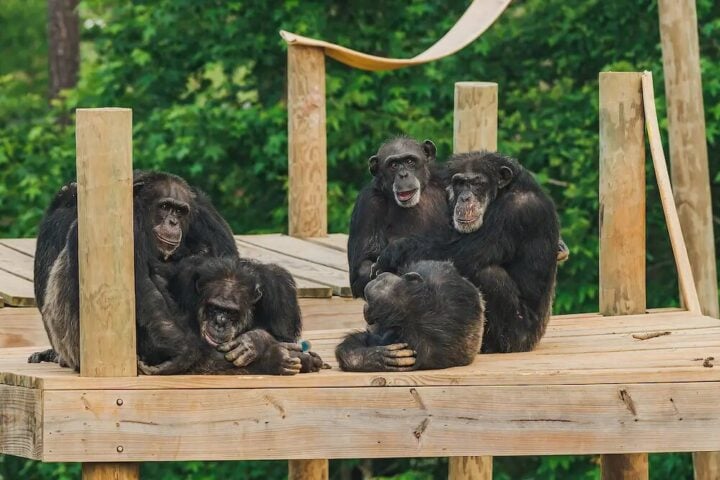
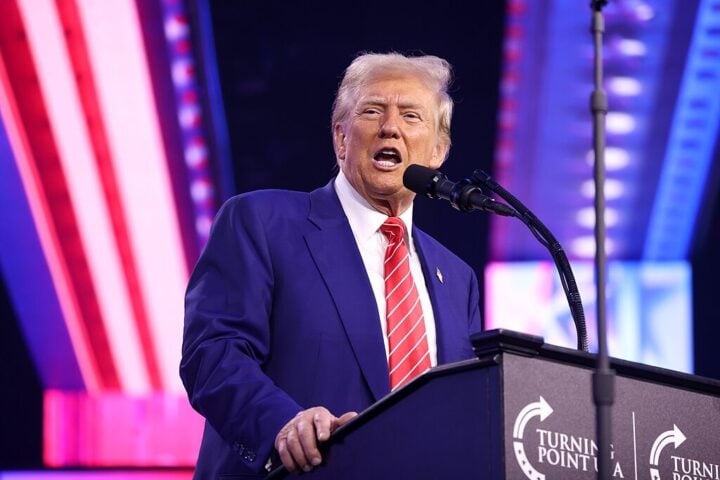
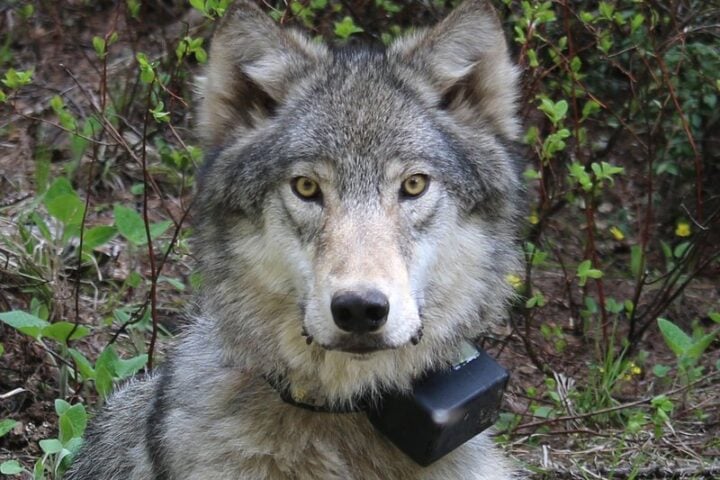

![Representative Image: European Starling [49/366]. Photo Source: Tim Sackton (CC BY-SA 2.0)](https://www.karmactive.com/wp-content/uploads/2025/04/Starlings-Drop-82-in-UK-Gardens-as-Birdwatch-2025-Reveals-Record-Low-Count-Since-1979-720x480.jpg)
